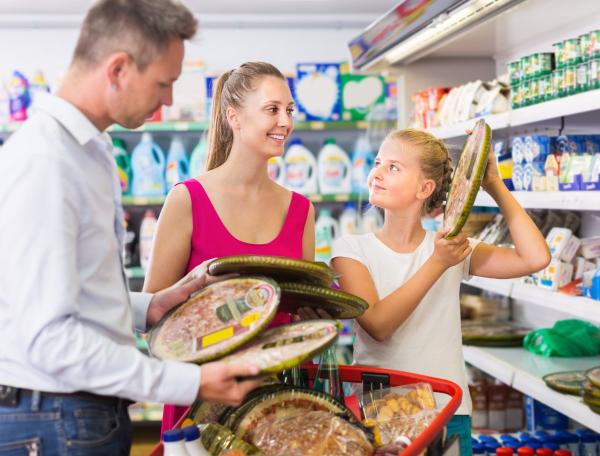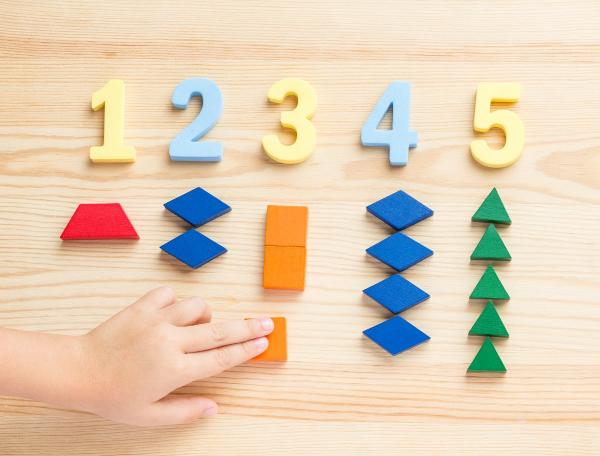Total recall

Developed in partnership with Education Services Australia
The Australian Curriculum sets the goal for what all students should learn as they progress through their school life. Skills in the Year 3-4 curriculum include:
- estimating a solution to a problem and then checking the solution by recalling addition, subtraction, multiplication and division facts
- recalling addition facts for one-digit numbers and using them for mental calculations and subtraction
- recalling multiplication facts for 2, 3, 5 and 10, and using these for division
- recalling multiplication facts for 4, 6, 7 and 9, and using these for division
- multiplying a two-digit number by a one-digit number (eg 67 x 4), or dividing a two-digit number by a one-digit number (eg 67 ÷ 4).
It’s easy to help your child practise these skills as part of everyday life – just use these simple ideas.
Find maths everywhere!
We use maths every day – whether we’re doubling a recipe, estimating how long is left on a video, or working out how many goals our team needs to win the game. These everyday problems are great opportunities to give your child practice, develop their confidence, and show them the relevance of maths to their lives. For example:
- ask your child to help you work out a number problem
We need to buy four pizzas at $12 each. How much will that be? - model by talking through maths problems as you work them out
This DVD goes for 97 minutes and we’ve already watched 40 minutes, so how much is left? Let’s see, 97 is close to 100, and 100 minus 40 equals 60, so there are about 60 minutes left. If we put dinner in the oven now, it will be ready at the end of the movie – perfect! - show different strategies for working out a problem
This recipe makes 6 muffins but we want to make 24. Six times four is 24, so we can multiply all the quantities by four, or we can double and double again, which I find easier. 30 grams doubled is 60 and then doubled again makes 120 grams of sugar… - play Flip Up:
One player sets a target between 20 and 100
The other player draws cards one at a time and adds their values together until reaching the target.
To make it easier, remove the picture cards. If you include them, J=11, Q=12, K=13. - play the Flip Down variation – instead of starting at zero and adding up, start with the target number and subtract each new card until you reach zero
- make up your own variations – eg instead of adding cards, add the numbers on licence plates when you’re out together.
Go online
For online reinforcement, The array will give your child practice at:
- using arrays to learn multiplication facts.
Divide it up: grouping tool will give your child practice at:
- estimating and calculating 'grouping' division problems.
Divide it up: puppies will give your child practice at:
- estimating and calculating 'sharing' division problems.
[3-4Learning]








